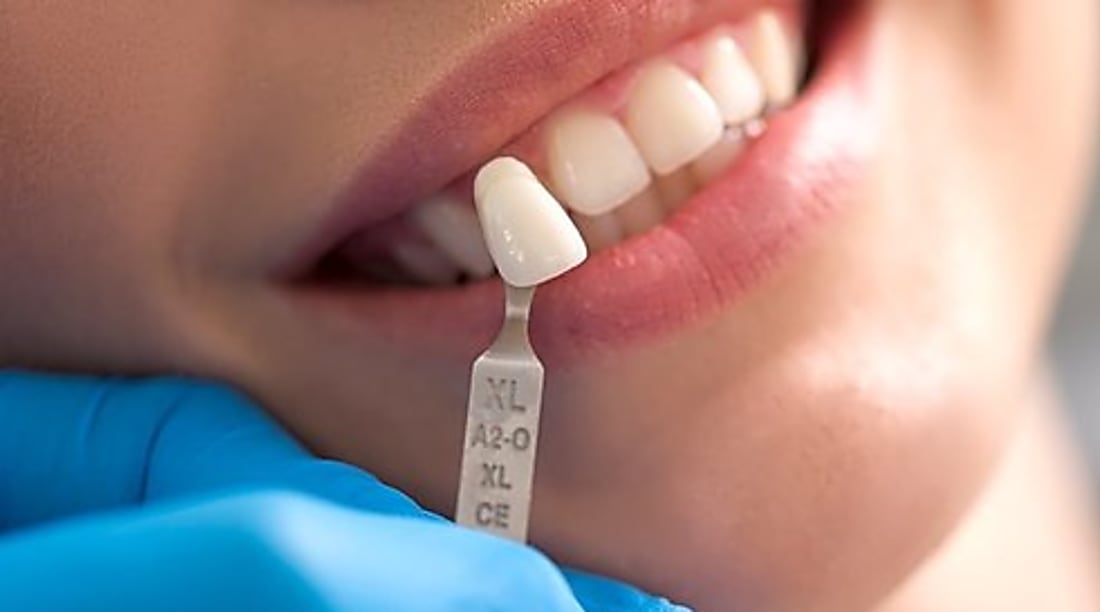Screwless Dental Implants: A Modern Approach to Restoration
Dental implants have revolutionized the field of restorative dentistry, offering a permanent solution for missing teeth. Among the latest innovations in this field are screwless dental implants, which provide a modern approach to dental restoration. These implants offer numerous benefits, including improved aesthetics, reduced risk of complications, and potentially faster healing times. This article will explore the world of screwless dental implants, their benefits, longevity, care requirements, and associated costs.

What Are Screwless Dental Implants?
Screwless dental implants, also known as friction-fit or press-fit implants, are a type of dental implant that doesn’t require screws to secure the crown or prosthetic tooth to the implant post. Instead, they use a unique design that allows the crown to be securely attached to the implant through friction or pressure. This innovative approach eliminates the need for a screw channel, which can sometimes be visible in traditional implants, especially in the front teeth.
What Benefits Do Screwless Implants Offer?
Screwless dental implants offer several advantages over traditional screw-retained implants. Firstly, they provide superior aesthetics, as there’s no screw access hole on the crown’s surface. This results in a more natural-looking tooth replacement, particularly important for visible front teeth. Secondly, the absence of a screw reduces the risk of bacterial accumulation and potential infection around the implant site. Additionally, screwless implants often allow for a less invasive procedure, potentially leading to faster healing times and reduced post-operative discomfort.
How Long Do Screwless Implants Last?
The longevity of screwless dental implants is comparable to that of traditional implants. With proper care and maintenance, these implants can last for many years, often 15 years or more. However, it’s important to note that while the implant itself may last a lifetime, the crown or prosthetic tooth may need replacement after 10-15 years due to normal wear and tear. Regular dental check-ups and good oral hygiene practices are crucial for maximizing the lifespan of screwless implants.
What’s Involved in Caring for Screwless Implants?
Caring for screwless dental implants is similar to maintaining natural teeth. Regular brushing twice a day with a soft-bristled toothbrush and fluoride toothpaste is essential. Flossing daily, particularly around the implant area, helps remove plaque and food particles. Using an interdental brush or water flosser can provide additional cleaning benefits. It’s also crucial to attend regular dental check-ups and professional cleanings to ensure the implant and surrounding tissues remain healthy.
What Are the Costs and Options Available?
The cost of screwless dental implants can vary significantly based on factors such as the dentist’s expertise, geographical location, and the complexity of the case. Generally, screwless implants may be slightly more expensive than traditional screw-retained implants due to the advanced technology and materials used. However, the improved aesthetics and potential long-term benefits often justify the additional cost for many patients.
| Provider | Screwless Implant Cost Range | Additional Services |
|---|---|---|
| ClearChoice Dental Implant Centers | $3,000 - $6,000 per implant | All-on-4 treatments, full mouth reconstruction |
| Aspen Dental | $2,500 - $5,000 per implant | Financing options, multiple locations |
| Affordable Dentures & Implants | $1,500 - $4,000 per implant | Same-day implants, economy dentures |
| Local Specialized Implant Centers | $3,500 - $7,000 per implant | Customized treatment plans, advanced technology |
Prices, rates, or cost estimates mentioned in this article are based on the latest available information but may change over time. Independent research is advised before making financial decisions.
Are Screwless Implants Right for Everyone?
While screwless dental implants offer numerous benefits, they may not be suitable for all patients. Factors such as bone density, overall oral health, and specific tooth replacement needs play a crucial role in determining the best implant option. Some patients with limited bone volume may require additional procedures like bone grafting before receiving screwless implants. It’s essential to consult with a qualified implant dentist who can assess your individual case and recommend the most appropriate treatment plan.
In conclusion, screwless dental implants represent a significant advancement in restorative dentistry, offering improved aesthetics, potentially faster healing, and simplified maintenance. While they may come at a higher initial cost, the long-term benefits often outweigh this consideration for many patients. As with any dental procedure, thorough research and consultation with dental professionals are crucial in making an informed decision about whether screwless implants are the right choice for your dental restoration needs.
This article is for informational purposes only and should not be considered medical advice. Please consult a qualified healthcare professional for personalized guidance and treatment.




